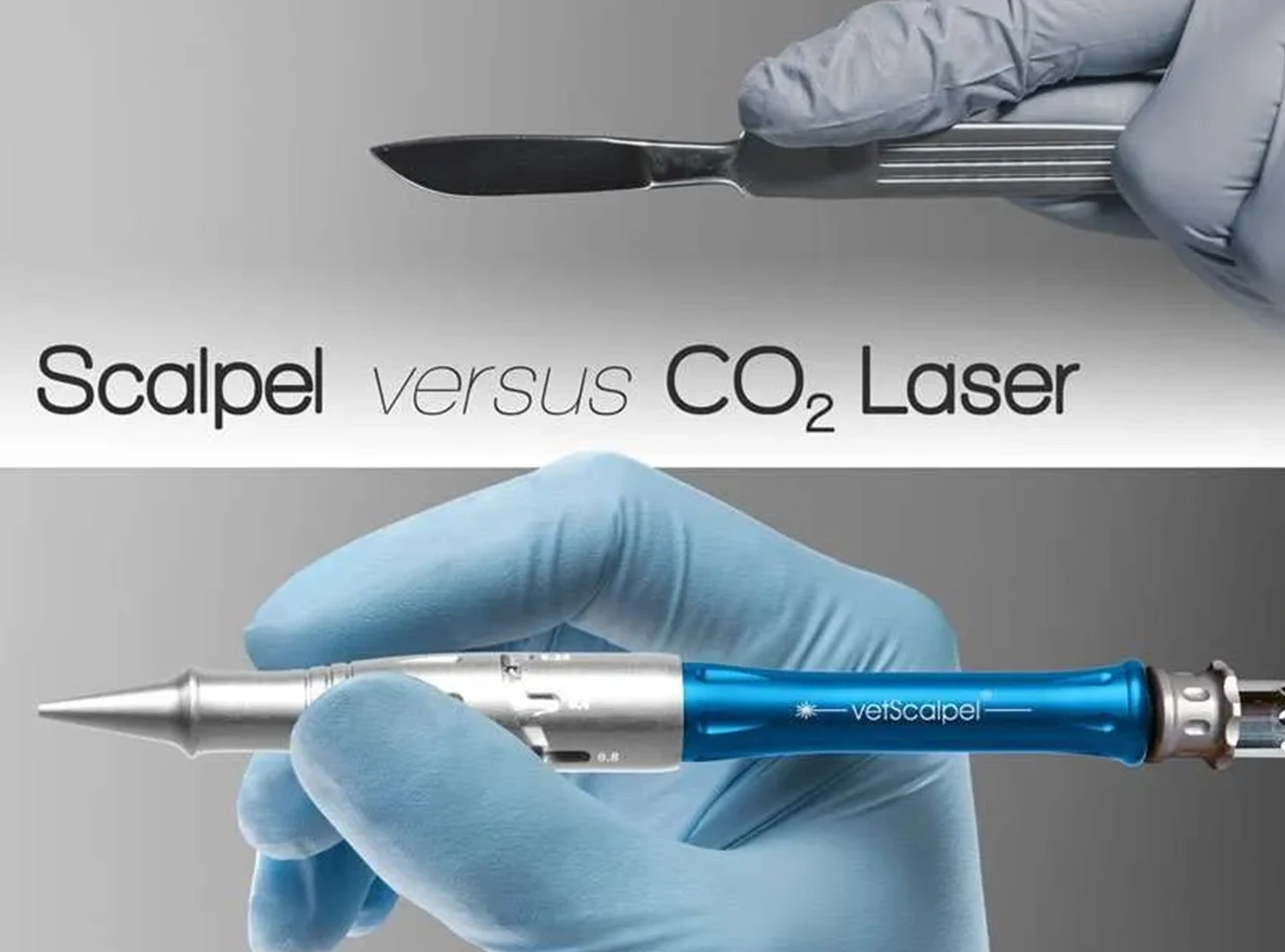SCALPEL VS LASER

Both metal scalpels and laser-assisted incision tools can be used to perform gingivectomies. These days, scalpel-based gingivectomies are the most common method, but laser-based tools are increasingly finding their place in modern dental offices. To compare these two procedures, we have summarized the findings of the Biomedical and Pharmacology Journal in their research on laser gingivectomies.
Risk of infection. In clinical studies, it has been shown that patients who receive conventional gingivectomies are more prone to gingival plaque and gingivitis following the gingivectomies when compared to those who received laser-assisted gingivectomies.
Pain and discomfort. Patients report that laser-assisted gingivectomies are associated with less pain and discomfort than with scalpel-based gingivectomies.
Post-surgical bleeding. With scalpel-based procedures, there is always some level of bleeding. Since laser-assisted gingivectomies cauterize the wound, bleeding is kept to an absolute minimum.
Cost. As a newer technology, laser-assisted gingivectomies tend to be more expensive than conventional gingivectomies. Also, insurance coverage may vary from one procedure to the next. Therefore, it’s important to check your coverage when evaluating the different procedures available.
There are many factors that come into play when deciding on a type of gingivectomy. Consult with your dentist to determine which form is most appropriate for your dental condition.


